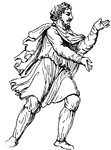Clipart tagged: ‘Anglo-saxon’

Anglo-Saxon Candle Lantern Called a Lanthorn
A primitive candle lantern originally made by the Anglo-Saxons during the time of Alfred the Great.…

Anglo-Saxon Female Costume from 10th Century England
A woman stands in several layers of clothing. The dress usually included a cloak, an overdress, an under-dress,…

Anglo-Saxon Manor House, Circa 11th Century
Illustration of an Anglo-Saxon manor house or noble's house from 11th century England. There are several…
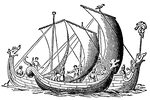
Anglo-Saxon Ships with Wind in the Sails
A fleet of three ancient Anglo-Saxon ships, each with wind filling the lone sail. Each ship has a dragon…
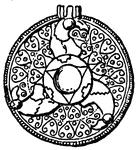
Anglo-Saxon Brooch
An Anglo-Saxon brooch decorated with cloisonne, an ancient metalworking technique, is a multi-step enamel…

Earls Barton Church
The tower is the only remaining piece of the Earls Barton Church in Northamptonshire, England. It is…

The Gold Alfred Jewel, Front View
A close-up, front view of the gold Alfred Jewel, which was made in the late 9th century. The inscription…
The Gold Alfred Jewel, Side View
A close-up, side view of the gold Alfred Jewel, which was made in the late 9th century. The inscription…
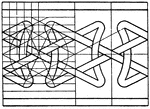
Northern Interlacement Band
The northern interlacement band is a pattern that is also known as Celtic, Anglo-Saxon, Norman, Scandinavian…
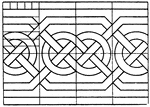
Northern Interlacement Band
The northern interlacement band is a pattern that is also known as Celtic, Anglo-Saxon, Norman, Scandinavian…
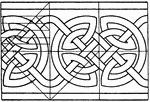
Northern Interlacement Band
The northern interlacement band is a pattern that is also known as Celtic, Anglo-Saxon, Norman, Scandinavian…
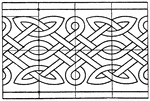
Northern Interlacement Band
The northern interlacement band is a pattern that is also known as Celtic, Anglo-Saxon, Norman, Scandinavian…

St. Aldhelm's Church, Bradford-on-Avon
Notable is the Saxon church (dedicated to St. Laurence), which may have been founded by St. Aldhelm…
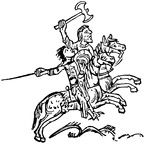
Two Anglo-Saxon Warriors on Horseback
Illustration of a drawing in The Harley Psalter, an illuminated manuscript of the second and third decades…
